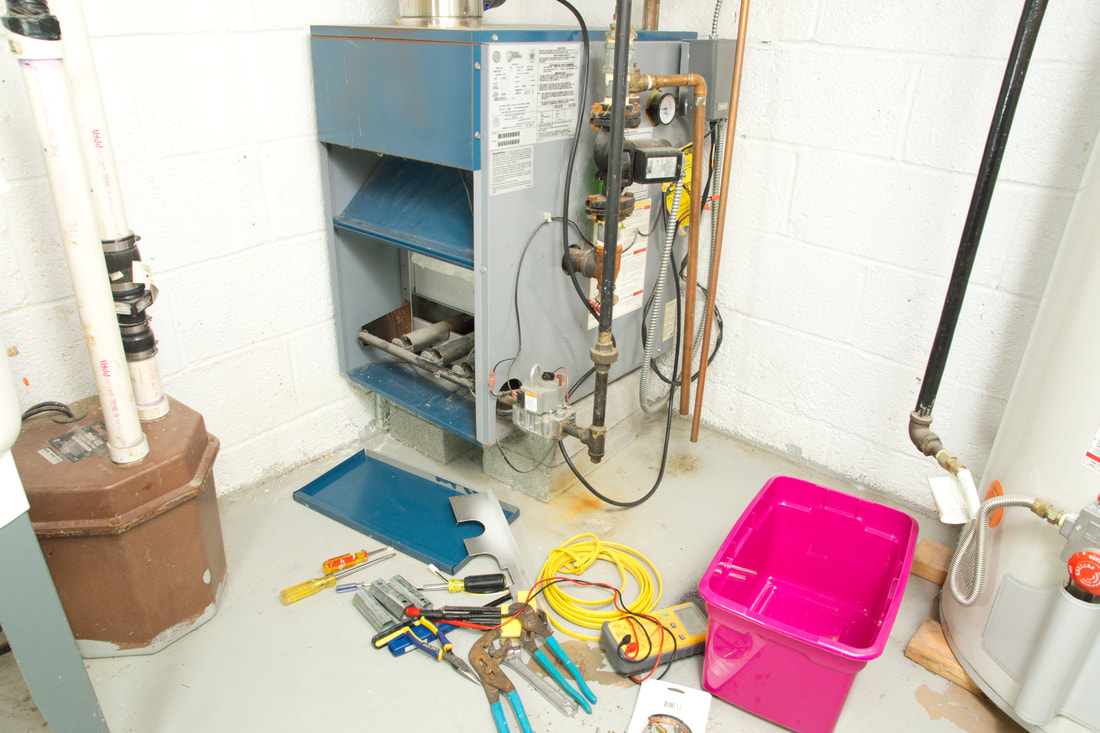|
HVAC Solutions
655 Elkton Drive Ste 200 Colorado Springs, CO 80907 Phone: 719-548-8880 Fax: 719-548-1853 A Full Service Residential and Commercial Furnace, Heating and Air Conditioning Company |
Privacy Policy | Terms and Conditions | Sitemap
©
HVAC Solutions, Inc.
|

